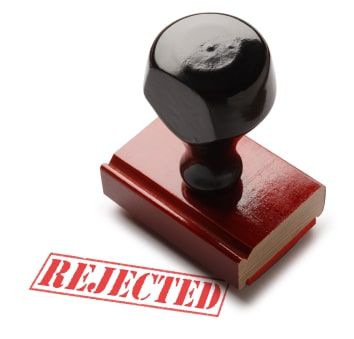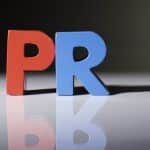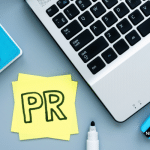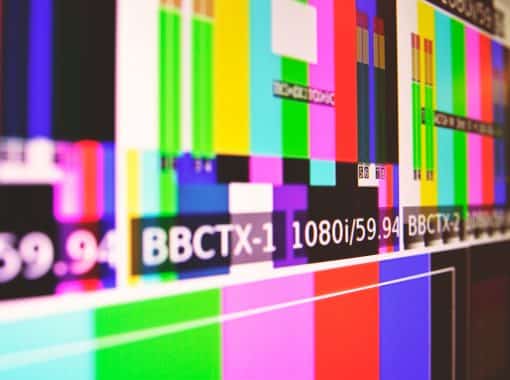
Why did my Press Release get rejected?
A Breakdown of Content Guidelines.
Here at Newswire, we’re pretty big on the power of press releases, if you haven’t already noticed. Great press releases and effective distribution can get your story in front of the right audience. But, if you’ve ever had a press release get rejected during editorial review, you understand the frustration that follows.
Why wasn’t my press release approved?
Many press release distribution companies have established content guidelines. These are put in place to ensure that the company is only distributing content that provides value to the media and other potential readers. They also make sure that the company does not distribute content that does not meet their standards. Chances are, if your release was rejected, it probably didn’t meet the standards set by the content guidelines.
Well, what are these content guidelines? How can I fix this issue?
Standards vary by the company, but the majority of these rules are similar across different platforms. Here are some of Newswire’s editorial guidelines that must be followed in order for a release to be approved.
- Clear Source Attribution – Press releases must clearly introduce the source (company/organization discussed) in the headline, summary and/or first paragraph.
- An Objective Tone – In other words, a straightforward tone must be used without any hype flags or statements made in the first-person tone.
- Proper Spelling and Grammar – This is a crucial requirement. Releases must include proper grammar, spelling, punctuation marks,abbreviations or acronyms, spacing between sentences, and have proper capitalization in order to be approved.
- Standard Press Release Length – Not too long, not too short. Aim for anywhere between 250-600 words. Releases at this length have less trouble getting indexed in search engines.
- Accurate and Functioning Hyperlinks – Broken, inaccurate, or inactive links will get your release rejected. You don’t want a release going out on the wire with a dead link – it’s a wasted opportunity to drive traffic to your site!
- Blatant Advertising – While press releases are a form promotion in some regard, copy that reads as a direct advertisement, rather than a story, is not how a press release is to be written.
- Harmful Intentions & Negative Statements – If your release seems to harm, incite, or express hatred towards a specific group or an individual, there is a strong likelihood it will end up in the “rejected” pile.
- Illegal Products or Activity – The promotion of any illegal products or activity is a no-go for most distribution platforms. Illegal video streaming services often get nabbed by editorial teams for this reason.
- Spam – Content that is detected to be spam or containing “trigger” words such as “make money”, “free”, “earn money”, etc. will be flagged and rejected.
- Unverifiable Information – Verify everything! If a release contains pertinent information that cannot be verified by the platform, many distribution platforms will reject the release altogether.
“Many of our clients submit time-sensitive news to us,” said Tania Russell, editor for Newswire.com.
“That’s why it is so important that clients carefully adhere to our editorial and content guidelines to avoid any delays that could prevent the publishing of their release.”
Check out our full list of content guidelines here.











